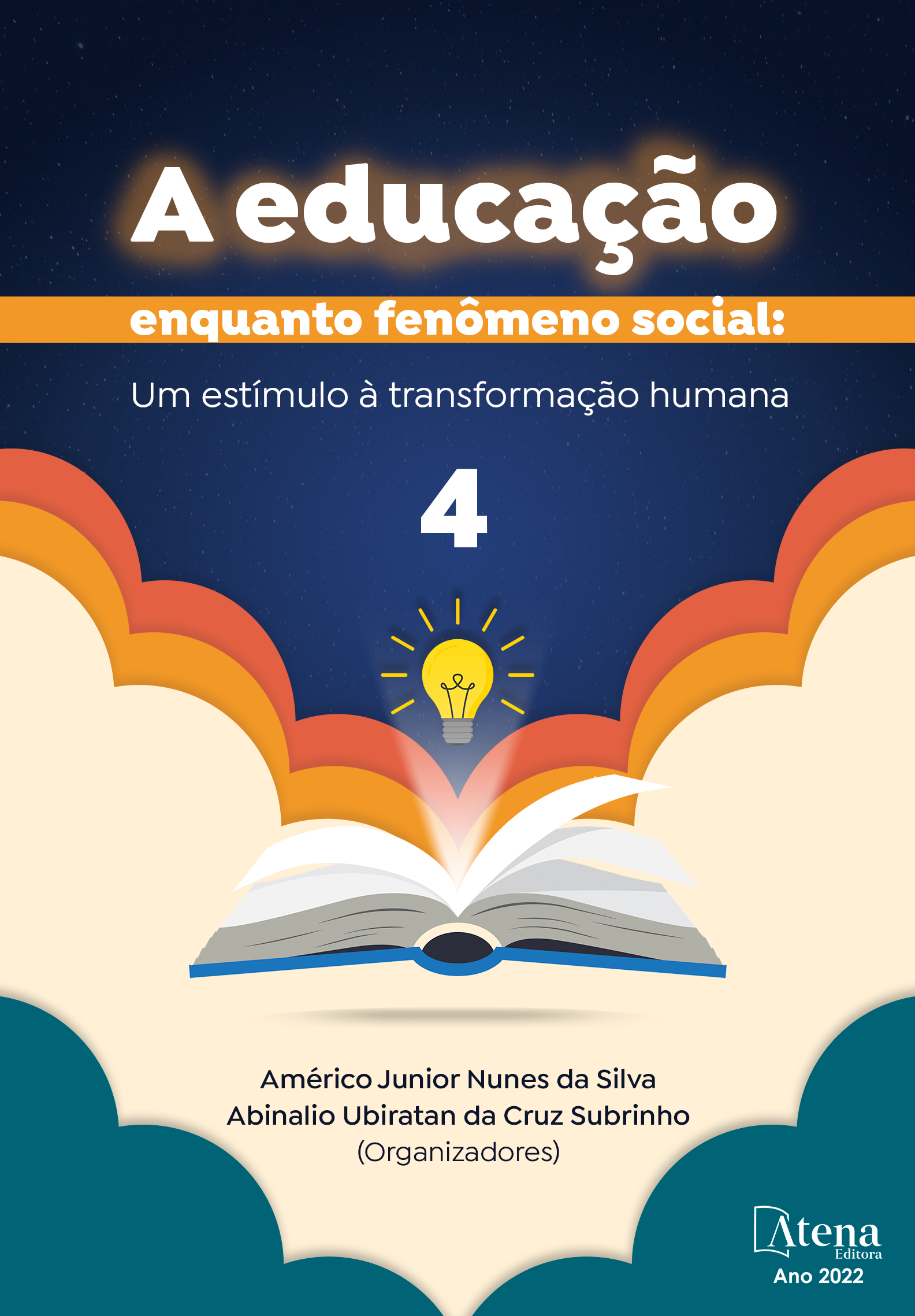
GOOGLE SALA DE AULA E O ENSINO JURÍDICO: UMA ABORDAGEM COLABORABORATIVA E CONSTRUCIONISTA
As Tecnologias Digitais de Informação e Comunicação (TDIC) são uma realidade no dia-a-dia. Isso nos motivou a estruturar um Ambiente Virtual de Aprendizagem (AVA) empregando o Google Sala de Aula, na perspectiva da aprendizagem colaborativa e construcionista. Este texto apresenta um relato da experiência de uso desse AVA na disciplina Direito Civil – Obrigações II de um Curso de Direito. O AVA foi estruturado visando uma aprendizagem ativa dos alunos, contrapondo-se a usual transmissão de conteúdos. Os resultados indicam que o aplicativo auxiliou no processo de ensino e aprendizagem, apesar de problemas enfrentados com conectividade, na utilização dos smartphones e mesmo na utilização da tecnologia pelos alunos em situações diferentes daquelas em que eles usualmente a utilizam, bem como no planejamento das atividades e na interação entre alunos. Concluímos que há ganhos no processo de ensino e aprendizagem caso sejam propostas atividades em que os alunos vivenciem a espiral da aprendizagem.
GOOGLE SALA DE AULA E O ENSINO JURÍDICO: UMA ABORDAGEM COLABORABORATIVA E CONSTRUCIONISTA
-
DOI: 10.22533/at.ed.60822110317
-
Palavras-chave: Tecnologias Digitais de Informação e Comunicação, Direito, Ambiente Virtual de Aprendizagem, Google Sala de Aula, Construcionismo.
-
Keywords: Digital Information and Communication Technologies, Law, Virtual Learning Environment, Google Classroom, Constructionism.
-
Abstract:
Digital Information and Communication Technologies (DICT) are a reality in everyday life. This motivated us to structure a Virtual Learning Environment (VLE) employing Google Classroom from the perspective of collaborative and constructionist learning. This text presents an account of the experience of using this VLE in the discipline Civil Law - Obligations II of a Law Course. The VLE was structured aiming at an active learning of the students, in contrast to the usual content transmission. The results indicate that the application helped in the teaching and learning process, despite problems faced with connectivity, the use of smartphones and even the use of technology by students in situations different from those in which they usually use it, as well as the planning of activities. and in the interaction between students. We conclude that there are gains in the teaching and learning process if activities are proposed in which students experience the learning spiral.
-
Número de páginas: 11
- Monica Fürkotter
- José Eduardo Lima Lourencini


